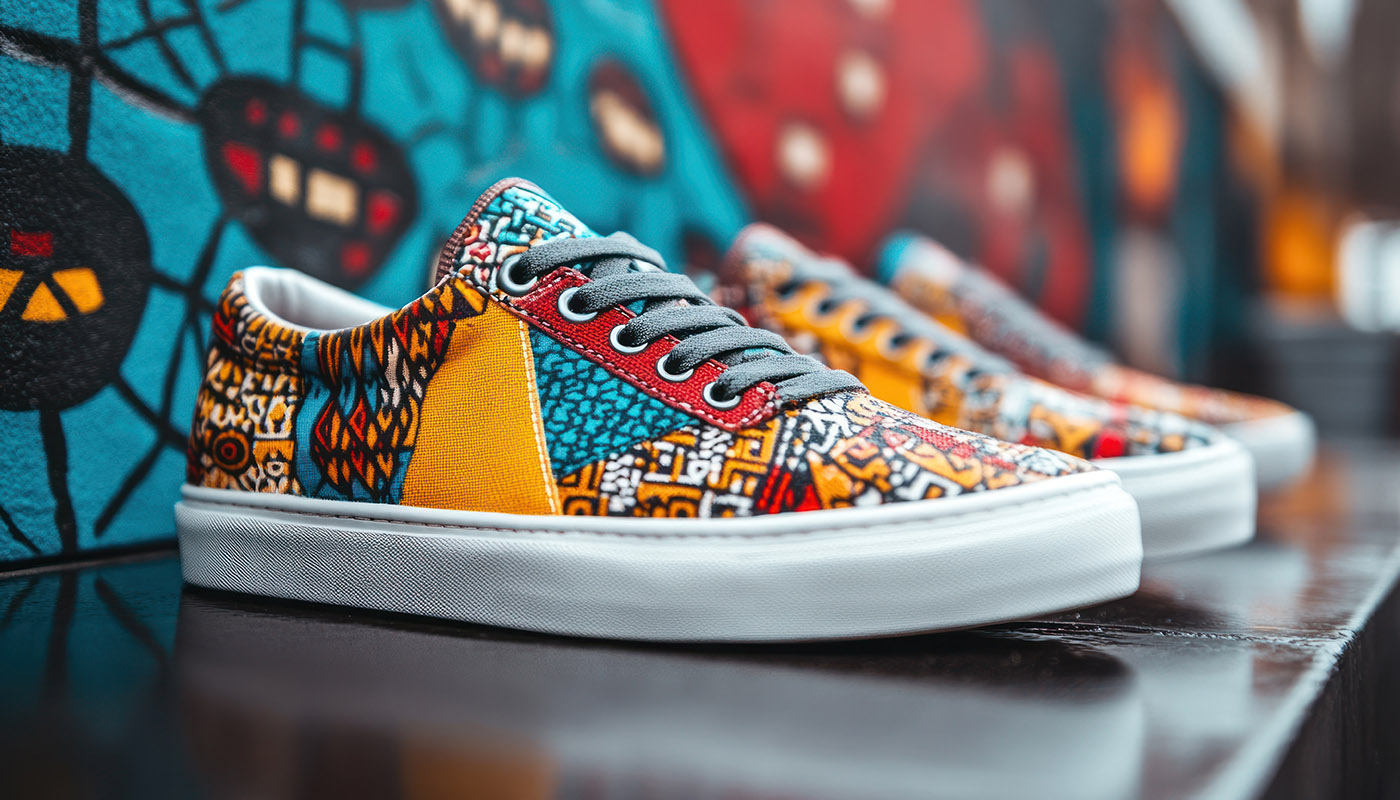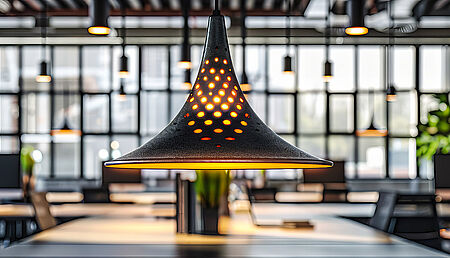
Fashion, competition and IP: lessons from the Loro Piana vs. Smart Luxury decision
The balance between protecting design innovation and maintaining healthy market competition has long been a central theme in Intellectual Property (IP) law. A recent judgment by the specialized IP section of the Court of Turin, Italy, underscores the delicacy of this balance in the fashion industry.
The case saw Dutch company Smart Luxury B.V., owner of the Aurélien brand, resist all claims of design infringement and unfair competition brought against it by Italian luxury brand Loro Piana S.p.A. Successfully representing the defendant was De Simone & Partners, an Italian IP firm that has been part of the global Dennemeyer Group since 2019, with its lawyers Domenico de Simone, Giovanni Orsoni and Filippo Calda.
The decision handed down on May 30, 2025, highlights the limits of rights on the shapes of shoes and clothing and the importance of showing that a design clearly sets a brand apart in highly competitive markets. It also raises broader questions about how far legal protections should extend when aesthetic elements overlap across brands.
What was at stake?
At the center of the case were one of Loro Piana's registered Community designs on a specific sneaker, a line of shoes and various garments, including shirts and sweaters. Loro Piana alleged that Smart Luxury's "Active Knit" sneaker and other items infringed its rights in a registered Community design and that the Dutch brand has slavishly imitated its distinctive products through the appropriation of design codes while unfairly benefiting from Loro Piana's reputation. The plaintiff sought remedies including an injunction, product withdrawal, damages and publication of the judgment. It also alleged that Smart Luxury had mimicked its communication style online and used a similar signature brown-red color, "Kummel," in packaging and marketing.
How did the Court respond to these claims?
In its reasoning, the Court of Turin rejected the claims in their entirety, finding that Smart Luxury's products created a distinct overall impression and that no unfair competition had occurred. The judges applied the "informed user" test, noting that in fashion, where similar products often coexist, even subtle design differences can prevent confusion. They found that the variations in Smart Luxury's "Active Knit" sneaker were enough to set them apart from Loro Piana's footwear.

Clothing, by its function and market expectations, is often obliged to make use of certain visual elements. This commonality is what drives consumers to pay close attention to what, from a distance, might seem like minor differentiators. When it comes to fashion, the small details can make the biggest difference.
Regarding slavish imitation, the Court found that the shapes and stylistic features in question lacked the novelty or originality required for exclusive rights. Many elements were deemed common aesthetics in fashion, and the judges emphasized that IP law should not be used to monopolize such widespread features. Similarly, they found that neither the color "Kummel" nor the purported imitation of brand communication style could form the basis of exclusive rights. Loro Piana had not provided adequate evidence to prove the distinctiveness or renown of these elements.
What does this mean for fashion and luxury brands?
While the ruling is a first-instance decision and has been appealed by Loro Piana, it offers a valuable lesson: IP litigation efforts must be backed by clear, compelling evidence that the features in question are truly associated with the brand. Courts are unlikely to grant protection for design features that appear generic or widely used within the industry's visual vocabulary.
This underscores how crucial it is to manage and strengthen IP portfolios actively. Companies should audit their assets to identify which designs, colors, patterns and trade dress elements are central to brand identity. Demonstrating consumer recognition — through surveys, sales data and sustained marketing — can help establish reputation and support claims of secondary meaning. In mature industries, it becomes even more decisive to show that protected features are clearly differentiated.

The scope of design rights must be precisely defined to protect originality while allowing space for others to create. In a world where one company owns the IP to every possible permutation of a mid-length skirt, consumers and designers would struggle to find fresh options.
The evidentiary standard reinforces a core principle of IP law: Protection must have clear boundaries. Exclusive rights should not extend so far that they stifle market pluralism or obstruct the natural evolution of design.
What does this case reveal about the future of design rights?
The decision contributes to a larger conversation in Europe and globally about the scope of design rights, and generally speaking, of rights on shapes, in industries that trade heavily on aesthetics. Overly broad protection hinders competition and creativity, while insufficient protection risks eroding incentives to strive for innovation. In particular for design rights, European Union case law and regulations, including Regulation (EC) No 6/2002, as recently amended by Regulation (EU) 2024/2822 on EU designs, attempt to strike this balance by focusing on whether a design produces a different overall impression on the informed user. The "crowded field" doctrine, cited in this case, recognizes that in saturated markets, small differences may be sufficient to avoid infringement.
This balanced approach aims to prevent monopolistic overreach while preserving room for inventiveness. As a result, brands must be prepared for the reality that design elements rooted in tradition — especially widely adopted ones — may fall outside the scope of protection.
What comes next?
The final outcome of the dispute remains to be seen, as Loro Piana has appealed the ruling. However, the first-instance judgment already offers valuable guidance to in-house counsel, designers and IP professionals working at the intersection of fashion and law.
This case illustrates why robust evidence of distinctiveness, careful portfolio management and strategic enforcement are essential. It also shows that success in litigation often depends on anticipating how courts interpret common industry practices.
The lesson for legal teams advising brands in fashion and other design-driven sectors is clear: Focus on building a resilient IP foundation while being mindful of the competitive landscape. This dexterity will remain critical as the fashion industry continues to develop, drawing on both timeless traditions and new creative expressions.
Filed in

Learn about recent legal cases concerning trademarks and registered Community designs.



